Search all
Type a keyword to find what you want... (Journalism, advertising, marketing)
-
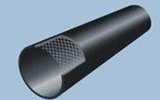
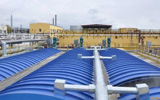
Common carbon steel skeleton + sun board capping collection
-
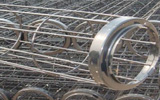
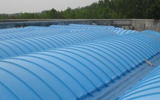
Stainless steel skeleton + FRP capping collection
-
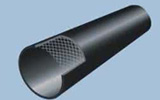

Common carbon steel skeleton (reverse hanging) + membrane structure (fluorocarbon fiber membrane) capping collection
-
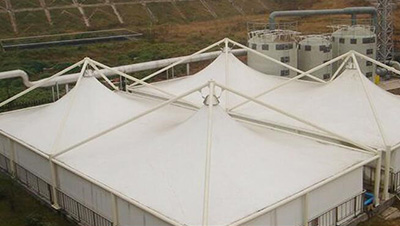
I. Bio-filtration method:
The bio-filtration deodorization technique is a safe and reliable method, and the deodorization efficiency is more than 90%. The principle is that the odor produced in the sewage treatment process is collected by the collecting system and sent to the bio-filter for deodorization, the odor gas is absorbed, assimilated and degraded by microorganism cells through moist, porous and filter layers filled with active microorganisms, microbial cells are characterized by small size, large surface area, strong adsorption and various metabolic types and they can be decomposed into simple inorganic substances such as CO2, H2O, H2SO4 and HNO3 after adsorption.
More
-
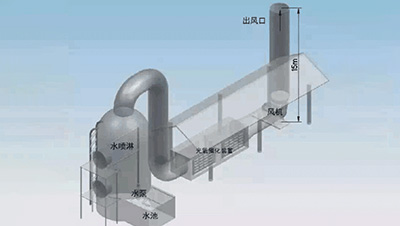
II.UV Photolysis oxidation technique:
A special high energy and high ozone UV ultraviolet light beam is used to irradiate the odor gas to change the molecular chain structure of the odor gas, and the molecular chains of organic or inorganic macromolecule compounds are degraded into low molecular compounds such as CO2, H2O and so on under the irradiation of high-energy ultraviolet light. The high energy and high ozone UV ultraviolet light beam is adopted to decompose oxygen molecules in the air to produce free oxygen, that is reactive oxygen; for the free oxygen carries the positive and negative electron imbalance, it is necessary to combine with the oxygen molecule, then produces the ozone. UV+O2→O-+O*(reactive oxygen)O+O2→O3 (ozone), for the ozone has strong oxidation of organic compounds, it has an immediate effect on odor gases and other irritating odors. With this technique, it can rapidly split, break, chain and oxidize the exhaust gas molecules, change the material structure, crack and oxidize the polymer pollutants into low molecular harmless substances. It is a special odor treatment equipment for various wastewater, sludge and garbage, percolate and other treatment processes. The light oxygen catalytic technique for waste gas treatment is actually a synergistic effect of high-energy crushing, special bands of ozone oxidation and decomposition of gas molecular catalyst the reaction of a series of functions such as growth amplification, the degradation of odor substances into two oxygen low molecular compounds, water carbon non-toxic and tasteless, which can achieve the function of purifying air;
More
-
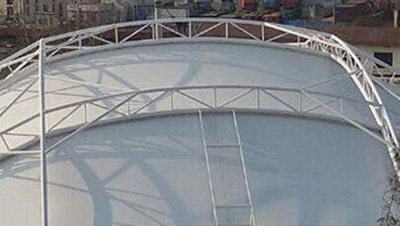
III. Plasma technique:
The cryogenic plasma device acquires energy from an electric field at first and then transfers the energy to molecules or atoms by excitation or ionization, the acquired energy is excited by molecules or atoms, and some molecules are ionized and thus become active groups at the same time; Afterwards, these active groups interact with molecules or atoms, active groups and active groups to produce stable products and heat. In addition, high energy electrons can also be trapped by strong electron affinity substances such as halogens and oxygen, and become negative ions. These negative ions have good chemical activity and play an important role in chemical reactions.
More
-
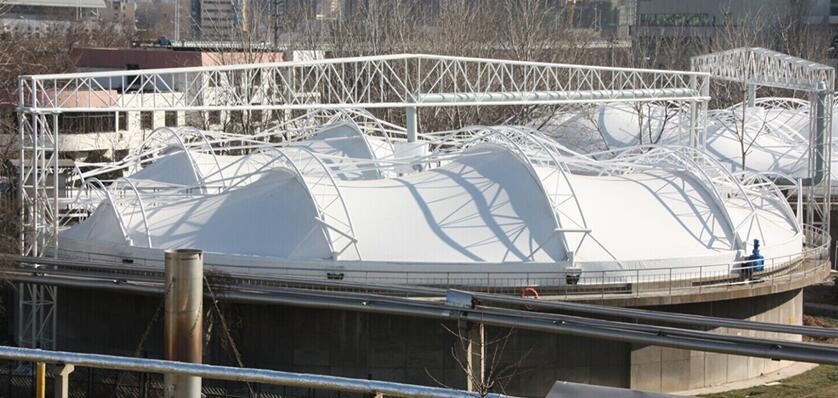
IV. Activated carbon adsorption process:
The activated carbon adsorption method is the removal of odor components on activated carbon surface with porous activated carbon, and the removal objects include dissolved organic matter, synthetic detergents, microorganisms, viruses, and certain amounts of heavy metals, with decolorization and deodorization. The adsorption of activated carbon includes physical adsorption and chemical adsorption. Its main functions are physical adsorption and chemical adsorption in two aspects. The physical adsorption mainly occurs during the removal of impurities in liquid and gaseous phases by the activated carbon. The porous structure of the activated carbon provides a large surface area, so that it is very easy to achieve the purpose of absorption and collection of impurities. Just like the magnetism, the mutual attraction exists among all molecules. Just because of this, a large number of points on the pore walls of the activated carbon can produce a strong gravitational attraction, so as to achieve the purpose of attracting impurities in the medium to the aperture. In addition to the physical adsorption, chemical reactions also occur frequently on the surface of the activated carbon. The activated carbon not only contains carbon, but also contains a small amount of chemical bonds, functional groups of oxygen and hydrogen on its surface, such as carboxyl, hydroxyl, phenols, lipids, quinones, ethers and so on. The oxides or complexes on the surface can react with adsorbed material, to bind to the surface of the activated carbon with the adsorbed material together. The adsorption of the activated carbon is the result of the combined effects of above two kinds of adsorption.
More




